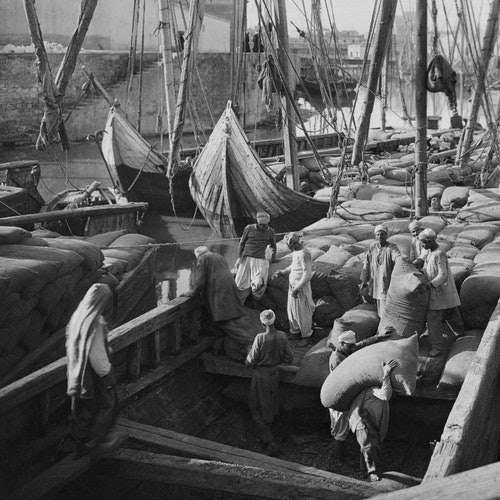書介:
| 百年難得一見的洪水有辦法預測嗎?通常我們要做預測,必須先蒐集足夠數據,根據數據建立模型,再利用模型來做預測。但是百年一見的洪水,許多人一輩子都碰不到,這樣罕見的洪水,要如何用統計模型來分析、估計它會淹多高呢?有位逖皮特先生找到了答案。 逖皮特先生於一九零二年出生於倫敦,一九二三年畢業於帝國學院,研讀的是物理。畢業後任職於英國棉花工業研究協會,擔任統計師。該協會的主要任務,是利 用當代的統計方法,來改良棉線與衣料的製造。其中最困擾的問題,與新紡棉線的強度有關。拉斷一束棉線所需的張力,往往相去甚遠。逖皮特做了一些仔細的實 驗,發現棉線的斷裂取決於裡面最脆弱的纖維。為了解決這個問題,他找到了一個簡單的方程式,可以把抽樣數據的分布與極值分布的關係連起來。什麼是極值呢? 最脆弱纖維的強度是極值,百年洪水的洪峰高度也是。知道了一般數據分布和極值分布之間的關係,就可以紀錄每年河水的洪峰高度,以此來預測大洪水最可能的洪 峰高度了。 這個故事告訴了我們,可以預測百年洪水的方法,當初是如何發展出來的。本書就是在介紹許多統計模型的誕生,以及討論這些模型在實際生活中有什麼意義等等,探討的過程中,也介紹了相關統計學家的生平事蹟。
Leonard Henry Caleb Tippett (1902 - 1985), physicist and statistician, born in London. Tippett graduated in physics in the early 1920s at Imperial College. He studied for his MSc in statistics under Professor Karl Pearson at the Galton Laboratory, University College London and R. A. Fisher at Rothamsted. He spent his entire career, 1925 to 1965, on the staff of the Shirley Institute, Manchester becoming in 1952 one of the first Assistant Directors. Pioneered with R.A. Fisher and Emil Gumbel the extreme value theory. The Fisher-Tippett distribution is named after his achievements.
At the Shirley Institute he applied statistics to the problem of yarn breakage rates in weaving. In the late 1920s and 1930s he became known for his 'snap-reading' method of observation which lead to improved production efficiency and operative utilization. As a result of his work in the textile industry he was awarded the Shewart Medal of the American Society for Quality Control. In 1965 he retired to St. Austell and in this period became an UNIDO consultant being active in India He died in 1985 after being hit by a van whilst walking from his home to the St. Austell Choral Society to sing in the St. Matthew Passion. |
---
工業不斷地發展,消費者的偏好也是。雙方都要求更多、品質要更好。──埃及棉花輸出公司發言人,摘錄自1971年1月15日《紐約時報》。
 |
News DeskThe End of Egyptian Cotton
A series of political and climatic upheavals has yielded diminishing quality in a commodity once believed to be the best in the world.
By Yasmine Al-Sayyad
|
沒有留言:
張貼留言